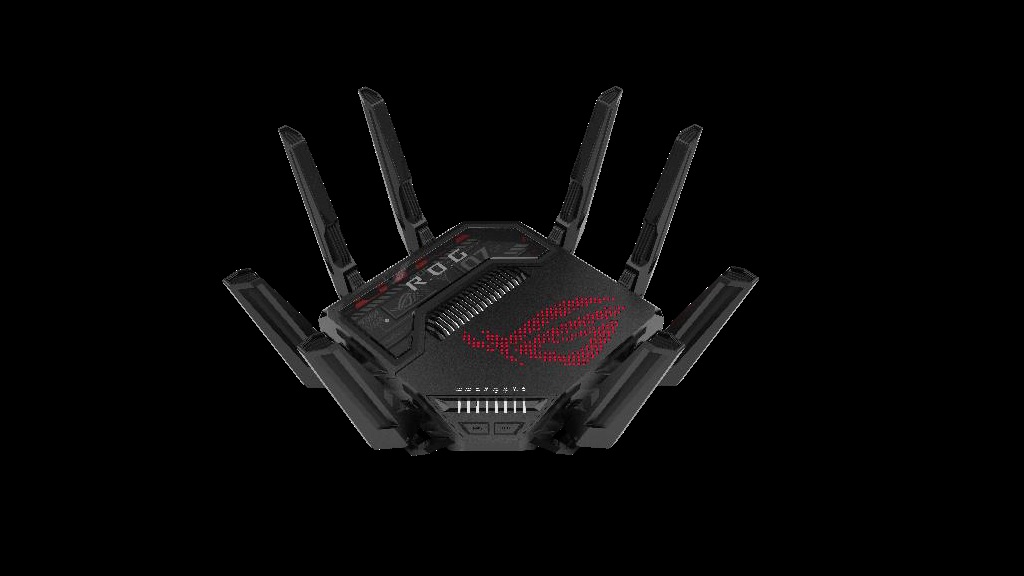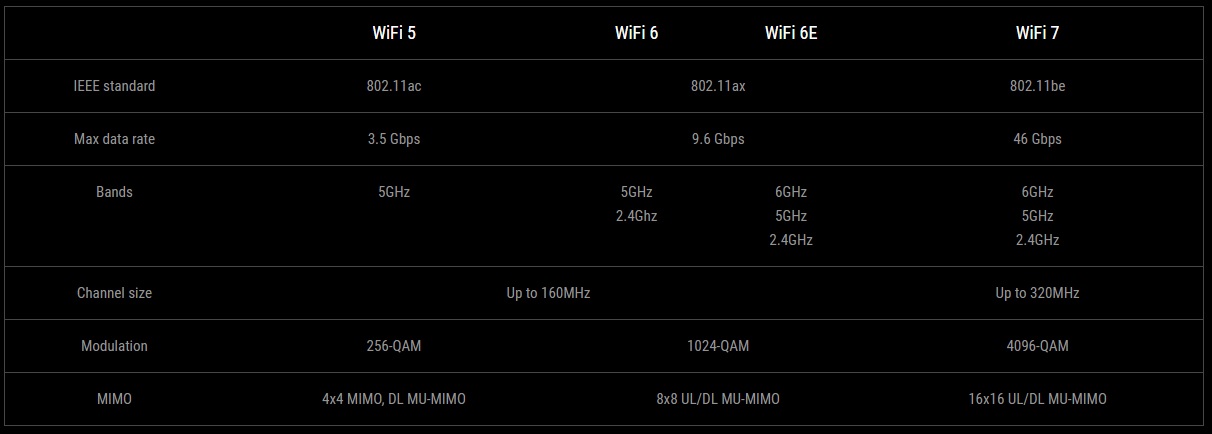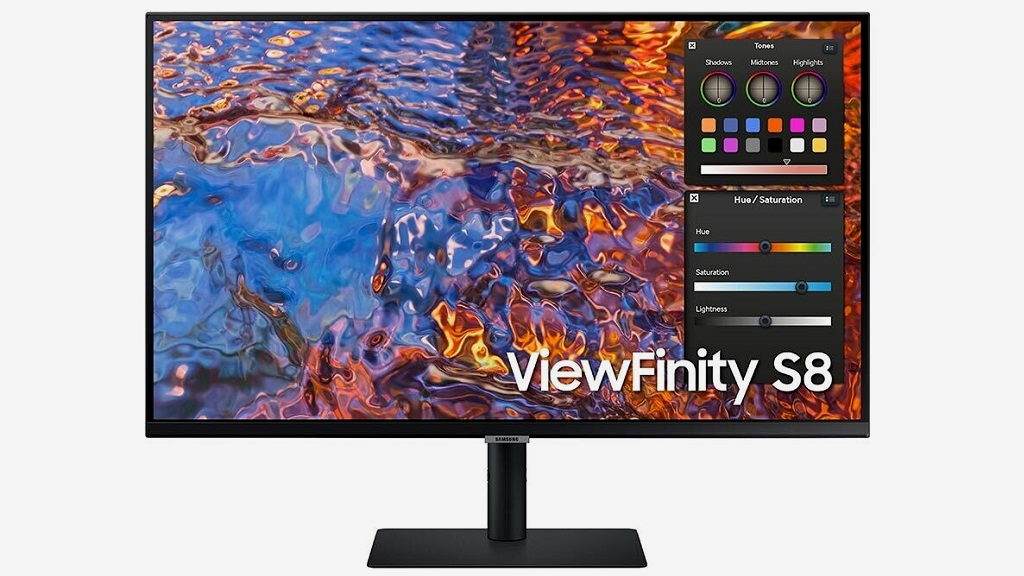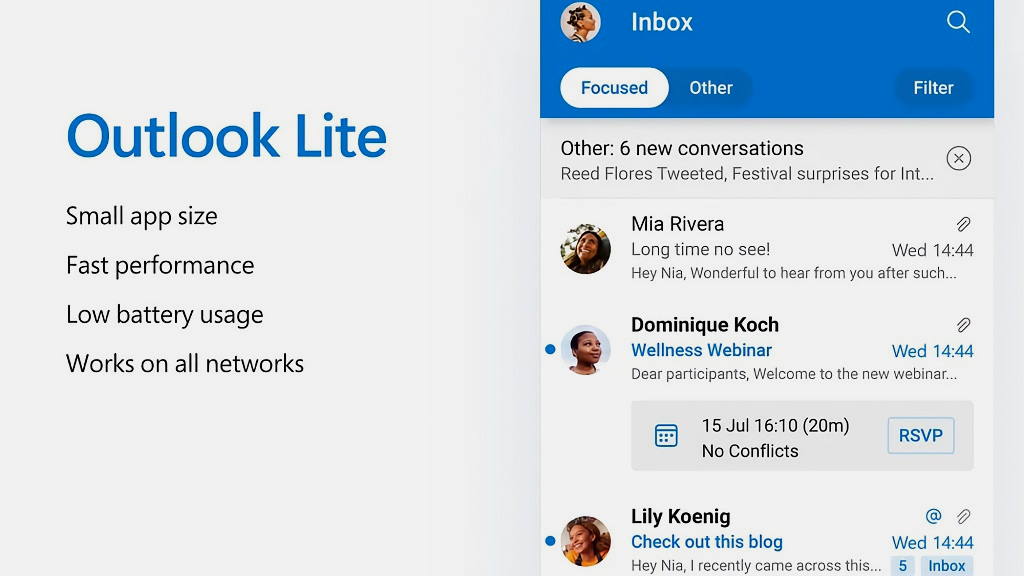
Wi-Fi 7 will become the next high-performance connection standard for wireless networks, succeeding the current Wi-Fi 6E. The generational leap that is going to take place is going to be important, but are you clear about how will it be possible Y what advantages will it offer this new standard? If you have answered no, don’t worry, we are going to tell you in a simple and close way in this article using official information that ASUS has provided us.
With the jump to Wi-Fi 7 channel width grows to 320 MHz and the use of the 6 GHz band is maintained. Thanks to this it is possible to reach a higher speed (in theory we can double the maximum speed offered by Wi-Fi 6E), and thanks to the 4096 quadrature modulation it is possible to increase the data density in each signal.

This new standard uses Multi-RU and Puncturing, two technologies that will make it possible to make the most of those parts of the channels that are underutilized or that are interrupted. With this, efficiency is improved when using the available bandwidth, and faster and more reliable data transmission is achieved. We can’t forget either MLO, or multilink mode, that allows devices connected under Wi-Fi 7 to transmit and receive data simultaneously through different bands and channels (6 GHz, 5 GHz and 2.4 GHz).
By using Wi-Fi 7 we will have at our disposal the 6 GHz, 5 GHz and 2.4 GHz bands, and we will be able to reach a maximum data transmission speed of 46 Gbps, a peak that we have not yet managed to reach, but that will end. being possible in future generations of high-performance routers. for now ASUS has managed to reach 25,000 Mbps per second with the ASUS ROG RT-BE96U, a high-end router that reaches 19,000 Mbps working in combination with the 6 GHz, 5 GHz and 2.4 GHz bands.


